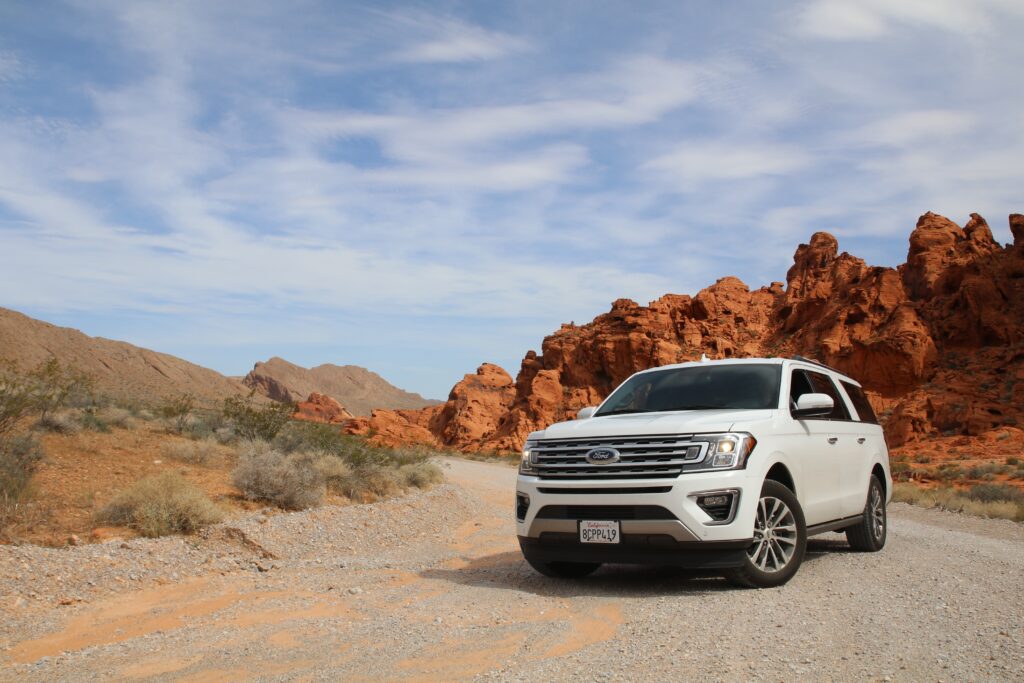These Technologies Make Driving So Much Safer
Since car travel has been deemed one of the most dangerous ways to travel, safety features that prevent accidents are something to celebrate. There are gadgets and tools that can be purchased separately to encourage safer driving, but the best technologies are those built right into the vehicles and those used for crash testing.
With more than 1M deaths from car accidents per year, there’s a huge demand for innovation-driven safety features. Most importantly, many of these technologies are helping careful drivers avoid accidents that aren’t their fault.
“More often than not, the driver of the vehicle that struck you will have contributed to the cause of the accident in some way,” explains Lane & Lane, LLC., a law office that deals with car accident settlements on a daily basis. Defensive drivers are grateful for the ability to prevent accidents using modern technologies.
Some vehicle manufacturers are leading the pack in the safety department. Here are some noteworthy instances.
Ford’s New Safety Testing Technology
One of the primary barriers that any vehicle manufacturer faces when determining the safety of a vehicle is testing gaps. No matter how many angles and strategies the tests take, there’s simply no way to examine the safety of a vehicle in every crash eventuality.
However, Ford has recently announced a new testing technology that will close a lot of gaps in their current tests. It’s a “sled test,” which uses hydraulic systems, high-speed cameras, and crash test dummies equipped with sensors to provide more accurate scenarios and insights into the effectiveness of each crash test.
“Full-scale crash tests give us a wealth of information but take longer to set up,” Stephen Knack, head of the Ford Crash Test facility in Cologne, Germany said in a statement. “Virtual crash tests are fast, but not yet as reliable as the real thing. Our new sled test bridges the gap between the real and the virtual worlds so that we can deliver improvements faster, resulting in safer vehicles.”
This new technology is being introduced in Europe where it’s believed that it will make a huge impact on the safety of this brand of vehicles. It won’t be long before this style of testing is used in Ford facilities all over the world.
 Subaru Driver-Assist and In-Vehicle Technology
Subaru Driver-Assist and In-Vehicle Technology
Rated by the National Highway Traffic Safety Administration (NHTSA) and the Insurance Institute for Highway Safety (IIHS) as one of the safest vehicle makers in the world, it’s no surprise that Subaru has presented new safety features for the benefit of its loyal drivers.
An updated system was introduced in their 2019, three-row Ascent SUV, a new and improved version of their classic Subaru EyeSight Driver Assist technology. The system makes it much easier for consumers to avoid accidents while in the vehicle with features like adaptive cruise control, pre-collision braking, sway warnings, lane departure warnings, and pre-collision throttle management.
As a cherry on top, there are additional safety features that will become standard in Subaru vehicles alongside the Subaru EyeSight Driver Assist package, including blind spot detection, trailer stability assist, rear cross-traffic alert, anti-theft engine, and child safety functions. These technologies make Subaru one of the safest all-around brands for families.
According to a press release, these technologies will become standard in more 2019 Subaru models. Additionally, they’ve reduced pedestrian-related accidents by 41% according to the Highway Loss Data Institute.
“We are gratified, but not surprised, that HLDI data show Subaru EyeSight can prevent crashes, including with pedestrians,” Thomas J. Doll, President and CEO of Subaru of America said in a statement. “Safety is paramount to Subaru, and each year we continue to improve and innovate the safety features and technology in our vehicles for our customers. Our safety technology has been a key driver behind our steady sales growth, highlighted by 77 months of consecutive month-over-month increases.”
The Standard Honda Sensing System
This is a collection of four systems that offer superior safety in standard Honda vehicles. They include adaptive cruise control, road departure mitigation, forward collision warning, lane-keeping assist, and a collision mitigation braking system.
These systems are not unique to Honda, as many other vehicles have them. However, Honda has coined this combination of systems as a comprehensive safety package, which also makes its customers feel safer. This is thanks to the overwhelming data showing that accidents have decreased in standard Honda vehicles since the implementation of this system.
Recently, Honda announced that 1M vehicles are now equipped with the Honda Sensing system, including some older models. They also announced the inclusion of a 95% automatic emergency braking system that will complete the Honda Sensing system by 2020.
“Honda dreams of a collision-free mobile society and the Honda Sensing technology has a crucial role to play in advancing us toward that goal,” said Henio Arcangeli, Jr., Honda general manager and senior vice president of the American Honda Automobile Division said in the associated press release. “With the rapidly growing population of Honda vehicles applying these technologies, we hope to significantly reduce collisions involving Honda vehicles within the next three to four years.”
These incredible safety features aren’t the last of their kind. These brands and others will continue pushing to increase safety in vehicles and reduce fatal accidents with each passing year.









